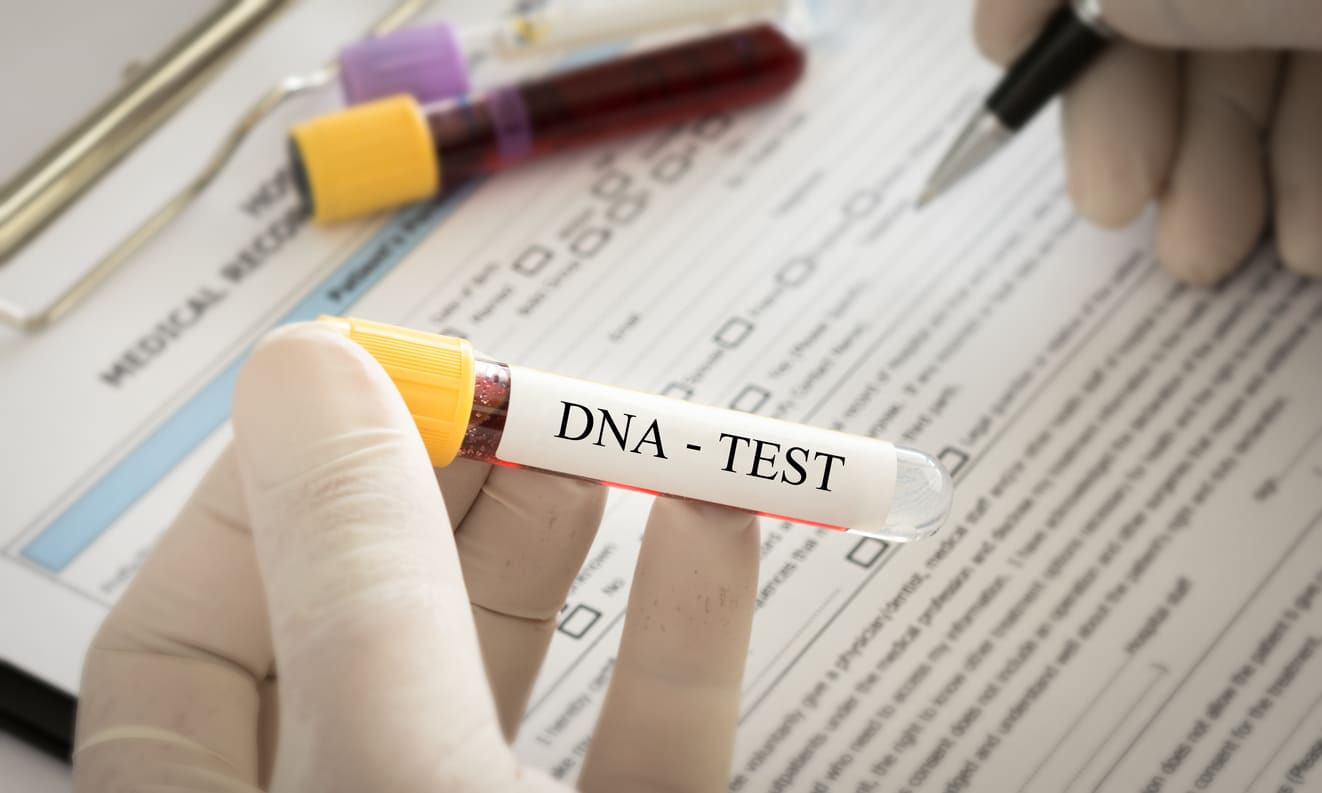
Sibling DNA testing is a popular tool for parents to use to discover the identity of their children. Having a test done can be a good idea, but you have to be aware of some essential facts. Among these are the differences between a full and a half-sibling test and how it can be used in court.
Conclusions of a sibling DNA test
When it comes to sibling dna testing Victorville CA, there are several tests that you can take. These are helpful tools for understanding your family history and determining medical risk factors. However, you should know the process’s drawbacks and pros and cons.
The best way to decide whether a sibling test is worth the cost is to do some research. You can talk with a genetic counselor or doctor to find out what tests are available and which companies are reputable.
It is essential to understand that while a sibling test may prove helpful, it is only as accurate as the database it is based on. Depending on your chosen company, results may only be available for a few days. In the meantime, you can try a few other methods to get a better handle on your family tree.
Siblings are a source of comfort and laughter. They are also sources of confusion. Therefore, you should be prepared for the unexpected.
Complete vs. half-sibling tests
Two types of DNA tests compare two people’s DNA. The full-sibling and the half-sibling test are designed to determine whether or not two individuals share a common biological parent. But they can also be used to establish paternal lineage or prove a familial relationship.
Full siblings generally share three-quarters of their genetic makeup and are typically found between two to three thousand centimorgans. On the other hand, a half-sibling shares 25% of their genome. However, the real sibling test can still be helpful if two individuals share a common biological parent but do not have the same father.
As far as the half-sibling test goes, several factors influence the results. It includes the number of chromosomes present in each person’s body, the number of genetic markers shared, and the relative amount of overlap between the parents’ genes.
Chromosome crossover creates diversity between siblings’ DNA
The chromosomal crossover is a process that creates variety between siblings’ DNA. Understanding how a chromosomal exchange occurs is essential because it affects our genetics and evolution.
Crossover happens during meiosis, a form of cell division. During meiosis, one chromosome replicates into two sister chromatids. Each chromatid is randomly distributed to the gametes that are born. In this way, each gamete receives a unique combination of genes from both parents. These unique combinations are called alleles and are responsible for our genetic variation.
Siblings share only a portion of their DNA. They have different alleles, which are different versions of the same gene. For example, different alleles of a gene can cause eyes to turn blue or green. However, the sequence of the genes that make up these alleles may not be the same.
Several factors determine how often a crossover occurs. When there is too much crossing over, it can be stressful for the chromosomes. It can result in defects in segregation, such as Down syndrome. Also, some genome elements are more prone to unequal crossing over, such as transposons, which are repetitive genetic elements.
Results of a sibling DNA test are not admissible in court
A sibling DNA test can help determine if you have a biological connection to your siblings. The results can be used for immigration, inheritance, and child support purposes. However, these tests are less conclusive than paternity tests.
During a sibling test, a sample is taken from one of your siblings, and the other person’s DNA is compared to the model. If your pieces match, you have a high probability of having a shared parent. But if they don’t, your results may still indicate a relationship.
There are several different types of sibling tests. You can opt for an at-home kit, or you can have it done at a testing facility. Either way, the validity of the test depends on the care of the person conducting it.
For an at-home kit, you’ll need to collect a small amount of skin, blood, or cheek swab from one of your siblings. It takes only a few minutes to gather a sample.
